Olive Patricia Dickason
Historical Trailblazers
Olive Patricia Dickason was a journalist, historian, university professor, and author whose ground-breaking research and books transformed Canadians’ perceptions and knowledge of Indigenous and Métis history.
Ms. Dickason was born in 1920 and, as a child, she attended a private Catholic school in Winnipeg until the Great Depression brought about the family’s financial ruin that forced them to uproot and move to Manitoba’s Interlake region.
Encouraged by her mentor, Olive Dickason finished high school in Saskatchewan prior to pursuing post-secondary education. She completed a Bachelor of Arts degree in French and philosophy at Notre Dame College (an affiliate of the University of Ottawa) while working as a general assignment reporter for the Regina Leader-Post (1941-1946). As a young adult working in Regina, Olive Dickason met some of her mother’s relatives and became aware of her Métis ancestry for the first time.
In 1946, she reported for the Winnipeg Free Press for a year. After moving to Montreal, she began freelancing for mostly industrial magazines and then began working as a general reporter for the Montreal Gazette where she became their women’s editor.
Olive Dickason moved to Toronto in 1995 and became women’s editor at the Globe and Mail, covering local and international fashion trends. In 1956 and 1958, she won top Elizabeth Arden Awards for fashion reporting and, in the 1960s she received two Judy Awards for fashion writing and two MacLaren technical awards for typography and page layouts.
After 12 years, Ms. Dickason decided to leave her job at the Globe and Mail. She moved to Ottawa and enrolled in several history courses at the University of Ottawa. At the same time, she worked in public relations for the National Gallery of Canada where she developed a strong connection with some early Indigenous artifacts on loan to the gallery. This inspired her to research Indigenous history in North America and, at age 50, Ms. Dickason applied to a Masters of History program at the University of Ottawa, determined to improve the historical record of Canada’s First Nations and to write about Indigenous Canadians in French Canada.
Upon completing her master’s thesis “Louisburg and the Indians: A Study in Imperial Race Relations 1713-1760”, she graduated in 1972 with an MA. This would mark a first since no dissertation on First Nations history in Canada had been previously written by a history candidate and the academic field of Indigenous studies was practically non-existent. Five years later, Olive Dickason graduated with a PhD in Indigenous Canadian history at the University of Ottawa following her doctoral dissertation entitled The Myth of the Savage that was eventually published. She would be the first person in Canada to receive a PhD in Indigenous history.
In 1985, Dr. Dickason began lecturing at the University of Alberta and received tenure as a full professor. Her scholarly articles and books, now part of curricula across the globe, brought her recognition as Canada’s foremost expert on Indigenous and Métis history. Her time as a professor and her significant contributions to the literature of history in Canada has created a foundation and inspiration for future scholars in continuing this historical work.
Included amongst the numerous publications that Dr. Dickason authored was her ground-breaking work, Canada’s First Nations: A History of Founding Peoples from Earliest Times; Visions of the Heart; and, the Beginnings of French Colonialism in the Americas. Her publication, Indian Arts in Canada, won three awards for conception and design and she co-authored The Law of Nations and the New World.
As a key figure in the study of Indigenous history in Canada’s academic realm, Dr. Dickason received a number of awards and recognitions, including the Order of Canada in 1996 and the Aboriginal Achievement Award (now the Indspire Award) in 1997. She was also the recipient of numerous honorary doctorates throughout the years.
Olive Dickason’s book Canada’s First Nations: A History of Founding Peoples from Earliest Times (1992) was awarded the 1993 Sir John A. Macdonald Prize for best scholarly book in Canadian history. The Gabriel Dumont Institute in Saskatoon has a collection of Dickason’s letters, articles and related materials. An exhibit at Quebec’s Canadian Museum of Civilization pays tribute to Olive Dickason and her books.
At the University of Calgary, the First Nations Student Association and The Native Centre present the Dr. Olive Dickason Award to an Indigenous student who has overcome extreme challenges to achieve success and graduate. The University of Alberta dedicated a room to her in 2017 while Trent University in Peterborough, Ontario, has the Olive Dickason Reading Room for students enrolled in Indigenous Studies.
Dr. Olive Dickason was a trailblazer whose research has made significant contributions to Canadians’ understanding of Indigenous and Métis people. She was also an inspirational role model for students, women and her Métis community.
Biography written by Barb Koppe
Sources:
Conn, H., 2013. Olive Dickason | The Canadian Encyclopedia. [online] Thecanadianencyclopedia.ca. Available at: <https://www.thecanadianencyclopedia.ca/en/article/olive-dickason> [Accessed 6 February 2021].
En.wikipedia.org. 2021. Olive Dickason. [online] Available at: <https://en.wikipedia.org/wiki/Olive_Dickason> [Accessed 6 February 2021].
Indspire. 1997. Olive Patricia Dickason | Indspire. [online] Available at: <https://indspire.ca/laureate/olive-patricia-dickason-2/> [Accessed 6 February 2021].





